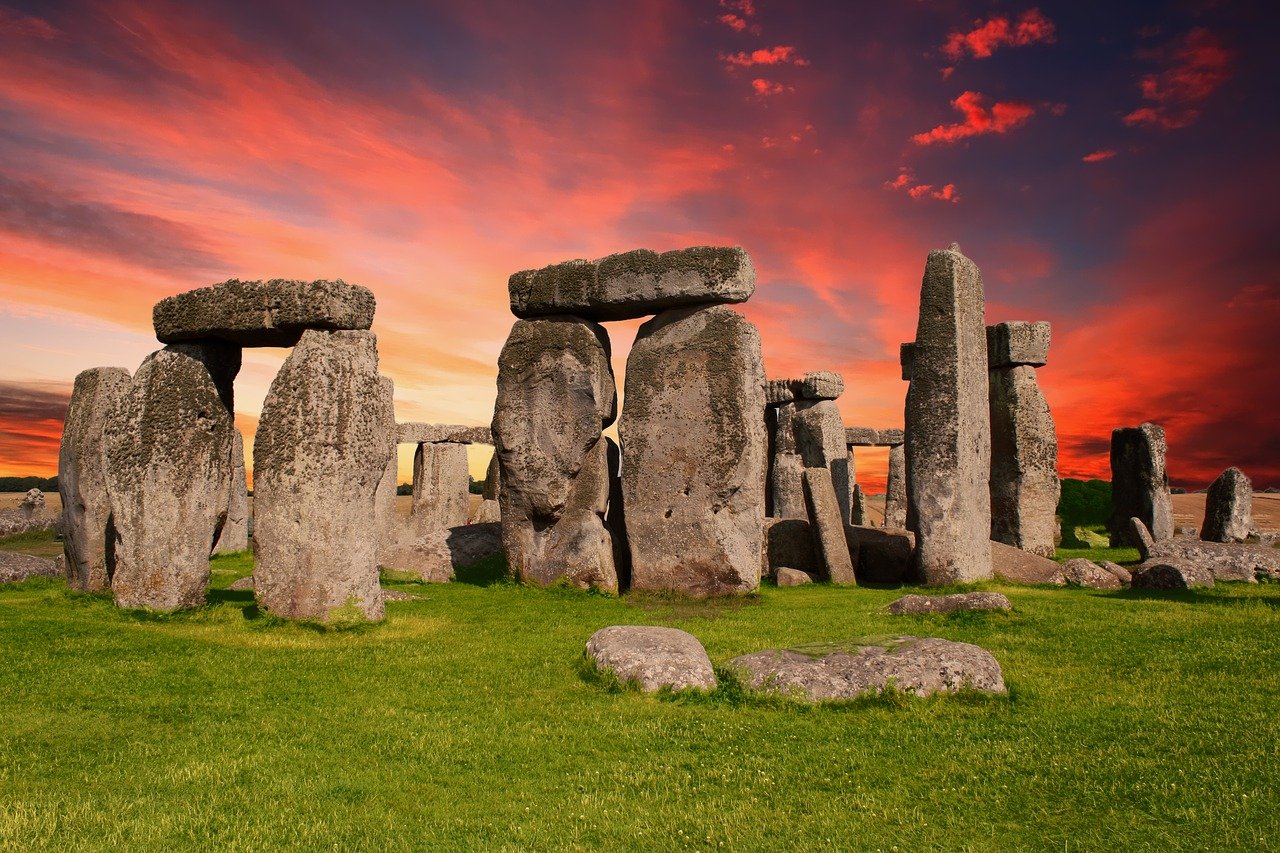Wiltshire is a charming and historical village in Southwest England. Perhaps the first things that come to mind when you hear the name are Stonehenge and The Avebury Circles. Both of these mysteries are located in Wiltshire. Generations of Wiltshire history are evident in this town, some of which will be covered in this article. Along with the common knowledge, we hope to share with you information that is not widely known.
Current but unusual events
Wiltshire man wins the lottery!
In December, a Wiltshire man known only as Mr. G won a total of £51,956,30 playing the EuroMillions lottery. Mr. G. matched 5 numbers and 1 star. He immediately bought two new cars to celebrate!
Over 8 million people play EuroMillions every week. But many more play online. Lottoland is an offshore casino. They offer dozens of lotteries in more than 30 countries to bet on. EuroMillions is one of the most popular. The numbers offered do not include the thousands of players that play the Lottoland lotteries. In one Lottoland poll, more than 8-million people were reported as players of the Irish Lottery. But those numbers increase dramatically when the Lottoland bets are included.
Loud explosion heard and felt by hundreds of people in Trowbridge
April 7th, hundreds of people in Trowbridge heard a loud explosion at about 8.25 pm. They also reported feeling the effects of something exploding nearby. There were a lot of guesses as to what the noise actually came from.
One resident, Meg Auton said there was a bomb disposal van outside her home in the John of Gaunt area earlier in the day. It was later confirmed that a wartime shell had been found in a residence shed in Trowbridge and the authorities conducted a controlled explosion.
Historical facts that you may not know
• Amesbury is linked to the Arthurian legend. The legend holds that Guinevere retired to the original convent at Amesbury after leaving Arthur. Further, it is believed that she is buried in the grounds of the former Abbey.
• If you are in North Bradley parish, you can visit Scotland and Ireland. From that point, they are only ½ mile apart.
• Oxygen was discovered in Wiltshire. In 1772, Joseph Priestley discovered oxygen at Bowood House. He was a tutor to the sons of the Earl of Shelbourne and their librarian. He was provided a small room off of the library to use as a laboratory. What a find.
• During the filming of the 1968 Doctor Dolittle film in Castle Combe, Sir Ranulph Fiennes was angry because the filmmakers’ were attempting to enlarge a pond for a scene in the movie. Fiennes, who was a member of the SAS at the time, set charges in the dam they had built (using the army’s explosives) and attempted to destroy it. This resulted in his dismissal from the regiment and a fine of £500.
• The coldest temperature for this area was recorded in Lacock in December 1981 when low temperatures hit -18.2 º C.
• America’s first president, George Washington’s, family crest, and the basis for the US flag, originates in Garsdon, near Malmesbury. A mural monument was created in a little parish church in the 1680s to Sir Lawrence Washington. It is fully restored and in the original location on the north wall of the Chancel. Most of the carved stonework has survived and, most notably, the repainted Washington coat of arms (surmounted by the family crest of an eagle rising) is once again resplendent in red, white, and blue.
• The mud-springs of Royal Wootton Bassett in Wiltshire are unique. They are a natural phenomenon that disgorge exquisite fossils. However, they also release a grey ooze that is unique to that location. The ooze is vicious and can be dangerous. This type of mud-spring has been found nowhere else in the world.
• The spire of Malmesbury Abbey was its crowning glory and it was more than 30ft higher than Salisbury. It is believed that in the 16th century a lightning strike turned water in the masonry on which the spire stood, into steam. This would have caused the stone to explode. When the spire came down and the great golden ball on the pinnacle fell, so local legend has it, into the High Street, halfway down where the George Inn stood.
• Avebury Stone Circle dates from 2800 BC onwards. There were once over 500 stones making up the original stone circle and avenue of stones and the circle’s circumference is almost a mile in length.
As you can see, Wiltshire has an interesting past and it is a great place to live today. If you enjoy slow travel, this is the place to go. When you visit, be prepared to stay a while. There is far too much to see in a few days. You will be glad you took your time.
Source: Visitwiltshire.co.uk







